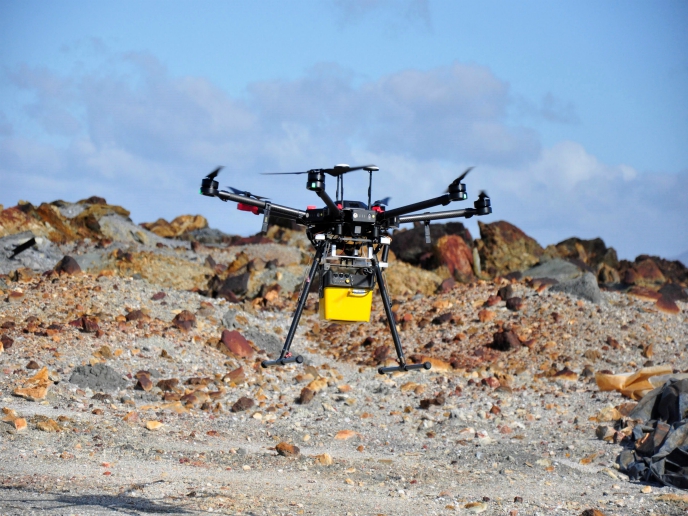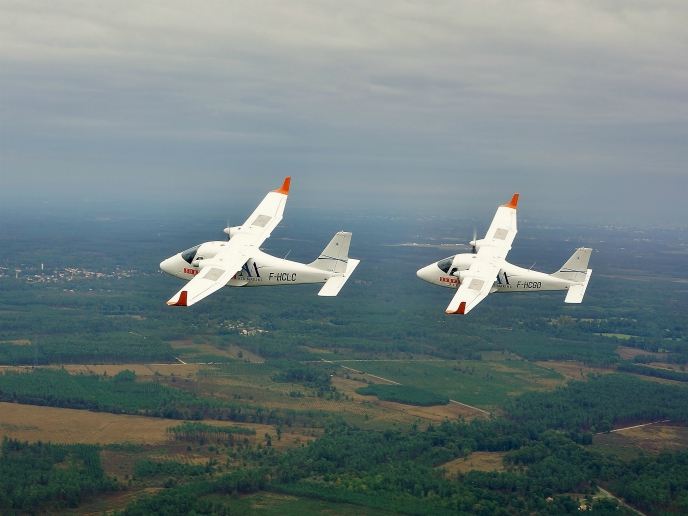Quality surveillance video
Certain kinds of remote sensing systems, including unmanned aerial vehicles and ground-based sensors, are often used in both military and civilian surveillance. While such systems offer excellent capability and convenience, they suffer performance limitations concerning transmission of high-quality video. Backed by EU funding, the CS-ORION(opens in new window) (Compressed sensing for remote imaging in aerial and terrestrial surveillance) project aimed to make improvements. Current remote sensing equipment can only provide low-quality streaming video. The aim was to develop compression techniques to improve all stages, from capture to reconstruction, thus enabling higher-quality remotely sensed video. The four-member consortium ran for four years, starting in September 2010. The team designed a technique for compressing video to surpass the limitations of MPEG and MJPEG methods. Results could be integrated into lightweight devices having limited resources. Enquiries yielded a method for classifying video from compressed features. The method was applicable to decision systems having low power and limited resources. An additional outcome was an active range imaging system able to achieve high-quality depth map reconstruction from fewer frames. The group explored high dynamic range imaging, yielding a method requiring fewer low dynamic range images. A framework of compressive sensing was utilised to provide accurate localisation based on signal strength measurements, which also reduced the amount of information transmitted. Other innovations, involving central processing unit implementation of the compressive video sensing module or novel hyperspectral imaging architecture, also led to improved compression and performance. Lastly, the team developed a method of enhancing images captured under low-light conditions, based on a mathematical framework of sparse representations. The CS-ORION project achieved performance gains for compression and streaming of remotely sensed video. Looking ahead, the developments promise improvements in surveillance capability.





